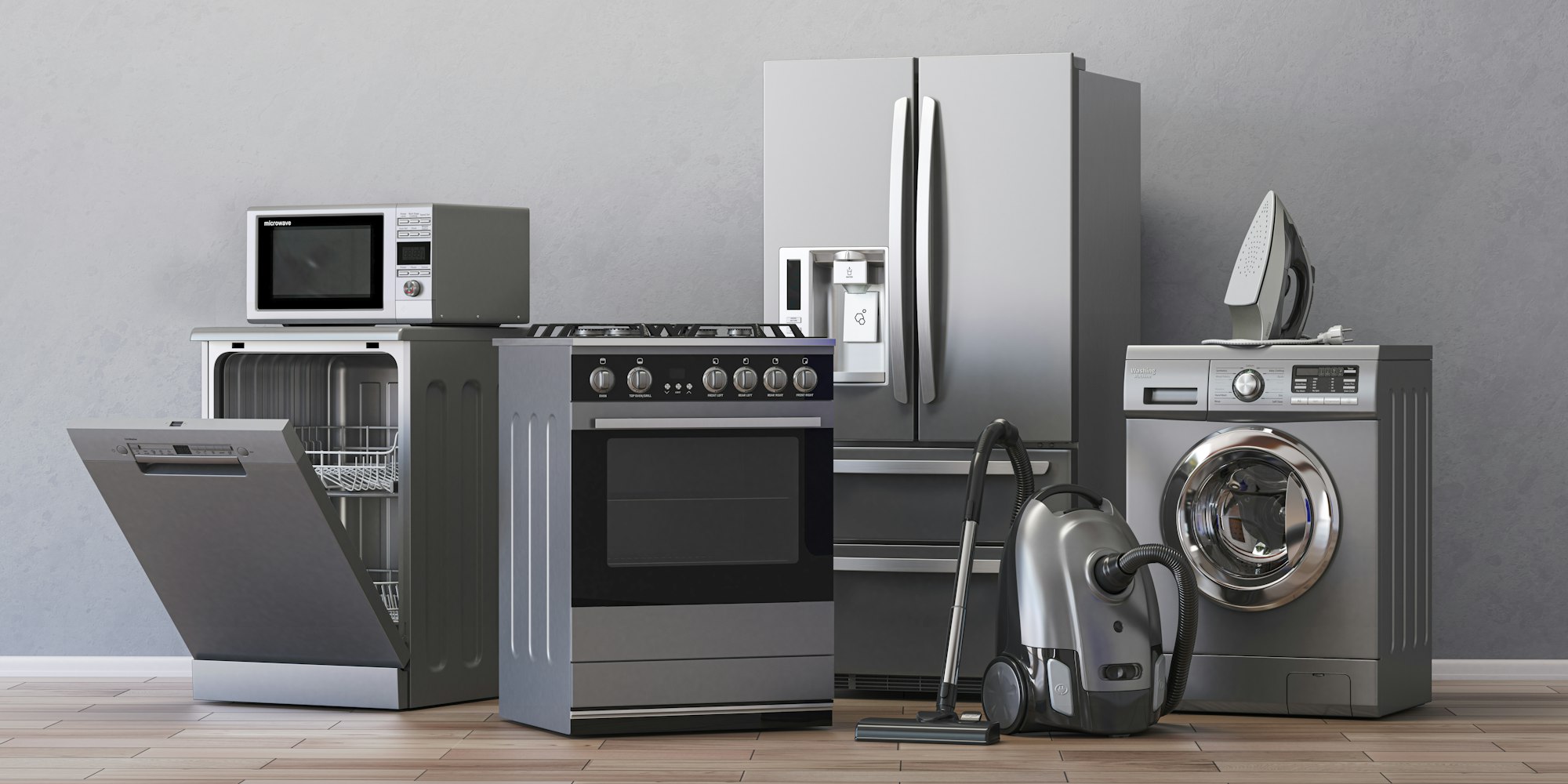
EICR vs. PAT Testing: What’s the Difference?
EICR Certificate
3 July 2024

EICR vs. PAT Testing: What's the Difference?
Introduction
Ensuring electrical safety in properties, whether residential or commercial, is crucial for preventing hazards and maintaining compliance with regulations. Two common types of electrical safety inspections are the Electrical Installation Condition Report (EICR) and Portable Appliance Testing (PAT). While both are important, they serve different purposes and cover different aspects of electrical safety. This blog post will delve into the differences between EICR and PAT testing and highlight their significance, especially for properties in London.
What is an EICR?
An Electrical Installation Condition Report (EICR) is a comprehensive assessment of the fixed wiring and electrical installations within a property. This includes checking sockets, switches, light fittings, and the consumer unit (fuse box). The primary goal of an EICR is to ensure that the electrical installations are safe and comply with current regulations.
Key Aspects of EICR:
Scope
Covers all fixed wiring and electrical installations.
Frequency
Recommended every 5 years for rental properties, or with each change of occupancy.
Process
Involves detailed inspection and testing by a qualified electrician.
Outcome
A report that highlights any issues with a coding system (C1, C2, C3, FI) indicating the severity and necessary actions.
Legal Requirement
Mandatory for rental properties in the UK.
What is PAT Testing?
Portable Appliance Testing (PAT) focuses on the safety of portable electrical appliances within a property. These include items that can be easily moved from one location to another, such as kettles, toasters, computers, and power tools. PAT testing ensures that these appliances are safe to use and do not pose any electrical hazards.
Key Aspects of PAT Testing:
Scope
Covers portable electrical appliances.
Frequency
Typically conducted annually, but can vary based on appliance type and usage.
Process
Includes a visual inspection and electrical testing using specialized equipment.
Outcome
Each appliance receives a pass or fail label, and a detailed report is provided.
Legal Requirement
Not always mandatory, but highly recommended for landlords and businesses to ensure safety and compliance with health and safety regulations.
Differences Between EICR and PAT Testing
Scope and Coverage:
EICR
Examines fixed wiring and installations.
PAT
Inspects portable electrical appliances.
Frequency
EICR
Typically every 5 years or at change of tenancy.
PAT
Usually every year, but can vary.
Inspection Process:
EICR
Comprehensive inspection and testing of the entire electrical system.
PAT
Visual inspection and testing of individual portable appliances.
Legal Requirements:
EICR
Legally required for rental properties in the UK.
PAT
While not always legally required, it is a best practice.
Outcome:
EICR
Detailed report with coded issues indicating required actions.
PAT
Pass or fail labels on appliances with a detailed report.
Why Both Are Important
Both EICR and PAT testing are crucial for maintaining electrical safety. EICR ensures the core electrical infrastructure of a property is safe, while PAT testing ensures portable appliances are safe to use. Together, they provide a comprehensive approach to electrical safety, protecting occupants from potential electrical hazards.
EICR and PAT Testing in London
For property owners and landlords in London, ensuring electrical safety is not just about compliance but also about safeguarding tenants and property value. Here’s a quick overview of related services:
- Commercial EICR London: Essential for businesses to ensure workplace safety.
- EICR Central London: Specific services tailored for properties in Central London.
- EICR Certificate Acton, Chelsea, Enfield, Islington, Victoria, Westminster: Localized services ensuring compliance in various boroughs.
- EICR Certificate Cost London: Understanding the factors that influence the cost of EICR certificates in London.
- EICR Electrical Certificate and EICR Inspection in London: Comprehensive inspection services for residential and commercial properties.
- EICR Testing and EICR Report Cost London: Detailed insights into testing processes and cost considerations.
- Book EICR London: Easy booking options for certified electricians in London.
- Electrical Installation Condition Report Cost and Electrical Safety Certificate Cost London: Detailed breakdowns of costs associated with obtaining these certificates.
- Landlord Electrical Safety Certificate London: Ensuring landlords meet their legal obligations.
Conclusion
Understanding the differences between EICR and PAT testing is vital for maintaining a safe living or working environment. Regular EICR inspections and PAT testing not only ensure compliance with regulations but also provide peace of mind that the electrical systems and appliances in a property are safe to use. Whether you are a property owner, landlord, or tenant in London, staying informed about these essential safety checks can help prevent accidents and ensure a secure environment.
For more information on EICR Vs. PAT Testing, or to schedule an inspection, contact a qualified electrician in London today.
Please Submit Details Below
If you’re looking to book a certificate our team is here to help!
Recent Posts



24/7 Emergency Service
Find answers to common questions about EICR certificates and electrical safety inspections in London. Visit our FAQ page on EICRcertificates.com for more information.




